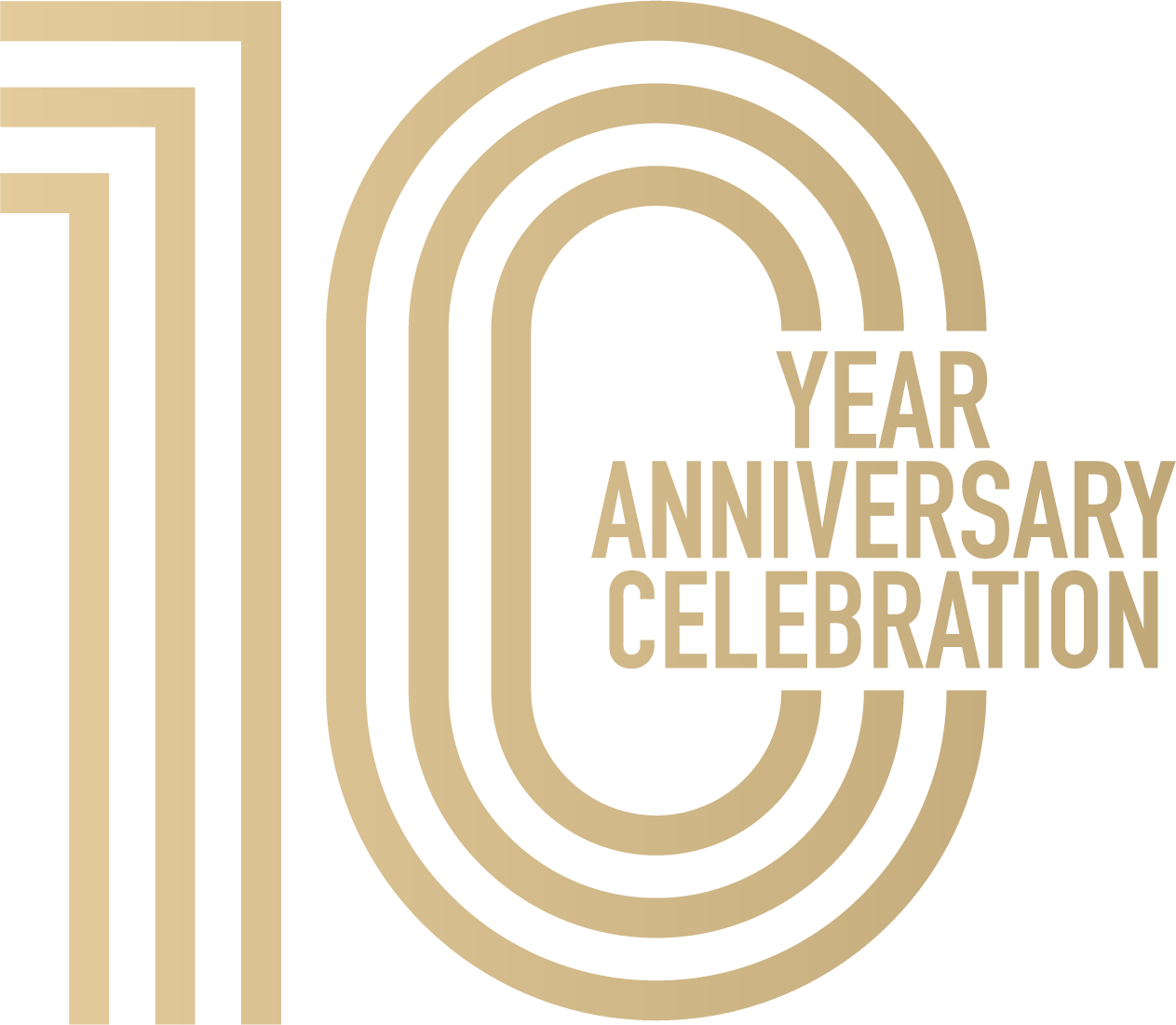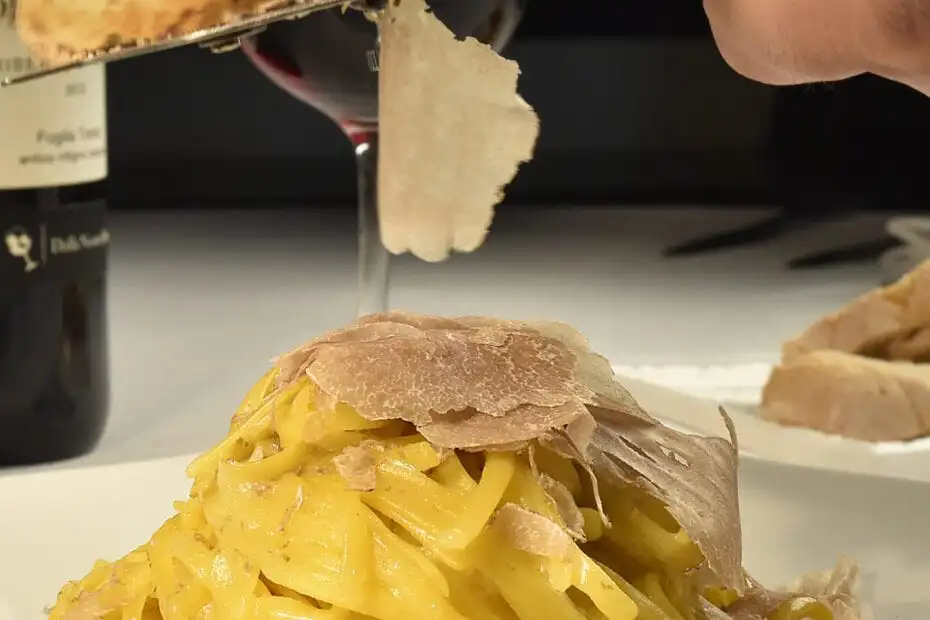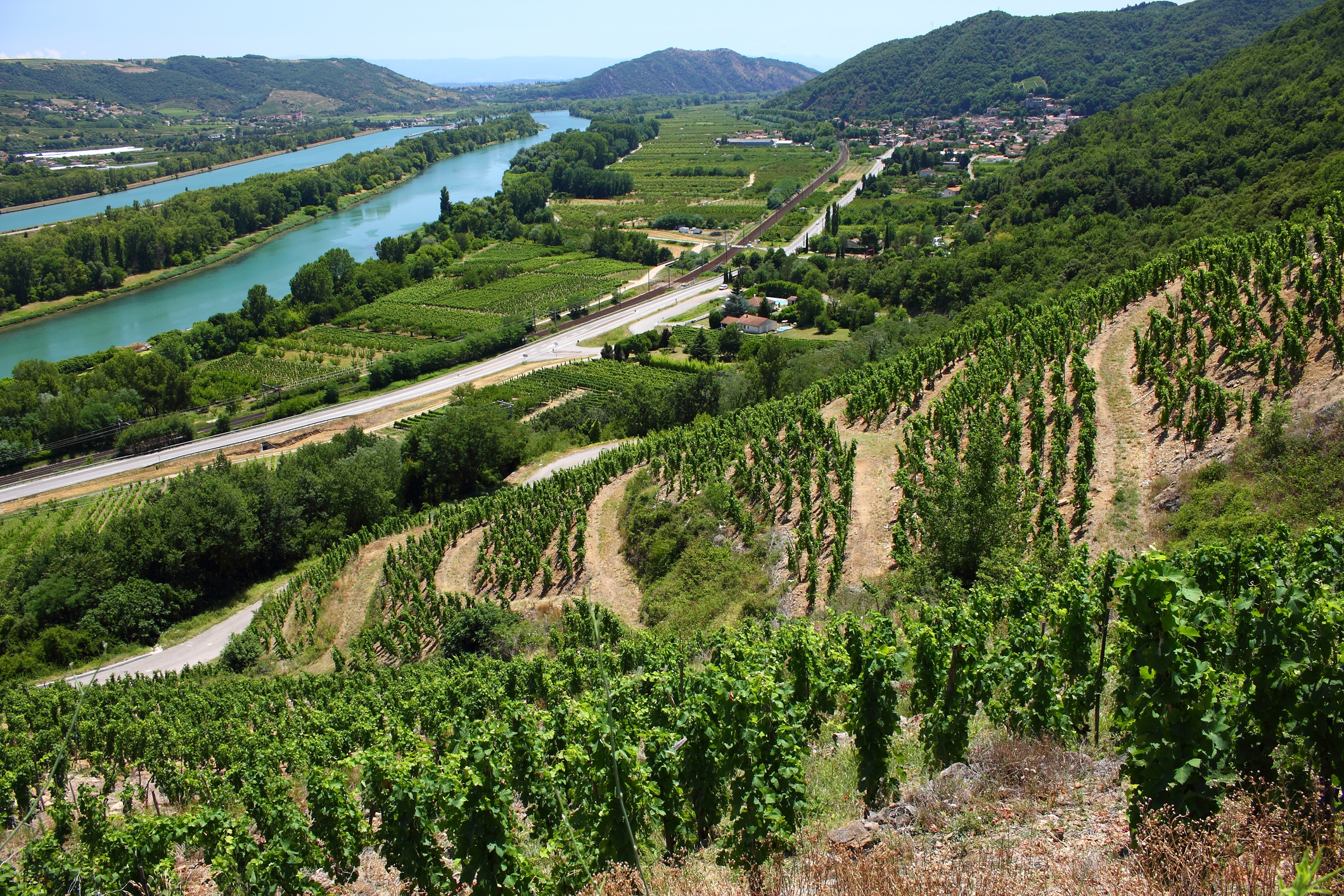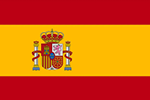These big-spending, wine-loving millennials aren’t just buying more wine than previous generations — they are reshaping what it means to collect, experience, and value wine. And the industry is beginning to notice.
According to data from Liv-ex and other industry leaders, millennials (born between 1981 and 1996) are spending more per bottle than previous generations – and they’re doing it with intention. This isn’t just casual sipping; it’s strategic, values-driven collecting.
Millennials: The Misunderstood Powerhouses
Born between 1981 and 1996, millennials have been overturning conventional wisdom and easy assumptions since the beginning. Today, with 83 million millennials in the U.S. and annual retail spending power of $1.9 trillion, their influence on the wine world is impossible to ignore.
When millennials speak with their wallets, the wine industry listens.
A Shift from Cellars to Strategy
For generations, collecting wine meant buying bottles, tucking them away in a cellar, and waiting. Millennials are turning that idea on its head. They’re buying for pleasure, yes, but also for profit. Thanks to a growing interest in alternative assets, millennial collectors are increasingly approaching wine not just as a passion, but as part of a diversified investment portfolio.
A 2024 study found that 72% of high-net-worth individuals aged between 21 to 43 are turning away from investing in stocks and bonds and investing in alternative assets like wine & whisky. Meanwhile, only 28% of investors age 44 and older are investing in alternatives.
Another important change is that Millennials are moving slightly away from traditional classifications like ‘first growth’ and a handful of critics, instead they are relying on a broader range of critics, as well as influencers and peer reviews. Furthermore, purchasing is only somewhat based on aging potential, other factors include the potential for earlier consumption, as well as sustainability and transparency in production. Sustainability playing a key role in purchasing factors for not just the Millennials, but for also Gen-Z as well.
Sustainability and Social Responsibility Matter
Today’s young collectors expect more from luxury brands. They want transparency, authenticity, and shared values.
At Bodega Colomé in Argentina, the late Donald Hess spent years rebuilding the local community before focusing on vineyards – a story now being shared and resonating with younger buyers. Beyond fine wine, Bodega Colomé offers eco-tourism experiences, horseback riding, and an art museum dedicated to James Turrell, drawing a global millennial audience.
Coscia, Colomé’s export manager, notes that millennials are connecting with Altura Maxima – wines produced at one of the highest vineyards in the world at 10,206 feet – as new icons of quality and authenticity.
Experience Over Exclusivity
Unlike previous generations, younger collectors value experiences just as much as the bottles themselves. They’re traveling, meeting winemakers, and choosing wines that align with personal values – like sustainability and transparency. At estates like Château l’Hospitalet and Donum Estate, immersive experiences ranging from sculpture gardens to biodynamic farming tours are resonating with millennial visitors.
And it’s not just about Bordeaux or Napa. Millennials are embracing indigenous grapes, lesser-known terroirs, and unconventional styles. They’re following a wider array of voices – from critics to influencers to peer reviews – when deciding what to buy and when to drink.
What This Means for Traditional Collectors
If you’re an older collector wondering what this all means for the wines in your cellar, here’s the good news: there’s a new generation of buyers coming up fast, and they’re willing to pay for quality.
David Parker of Benchmark Wine Group notes that millennials are now responsible for 30% of their high-end wine sales, with average purchases ranging between $700 and $800. These buyers may be looking for different things – like earlier drinking windows or stories of sustainability – but they still deeply value provenance, prestige, and pedigree.
That means the blue-chip wines you’ve been holding could very well be tomorrow’s must-haves for a younger, engaged market that’s just getting started.
A Future Full of Promise
Millennials are more rooted and more adventurous. They want wines that offer both story and structure. They care deeply about the land, the people, and the process behind each bottle.
In short, millennials aren’t destroying wine culture – they’re reinventing it. And in doing so, they’re creating new opportunities for collectors, producers, and enthusiasts alike.
The wine world is evolving, and thanks to this dynamic new wave of collectors, its future has never looked more exciting.








